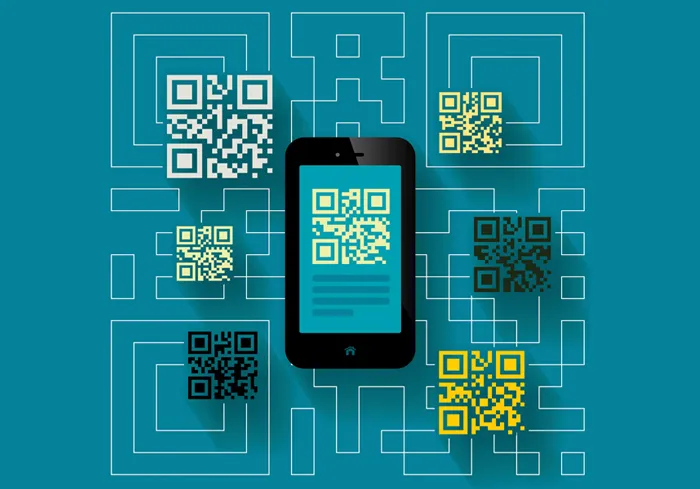Balancing the act of nurturing relationships and making sales with email marketing is like being the fun parent who also has to enforce bedtime. One minute, you’re building pillow forts and being their favorite person. The next, you’re the bad guy saying “lights out.”
In their head, every brand wants their email channel to do both. Build deep, loyal customer relationships and mint sales.
But in reality, there’s often a wide gap between that vision and how marketers practice email marketing. Thanks to short-term business pressures or plain old tunnel vision, a lot of marketers lean hard into selling. They blast out offer after offer, hoping customer loyalty will just tag along. As if relationships are something you pick up at the checkout, not something you build with every send.
The flawed logic? If people are buying, they must love us.
Spoiler: they might just love your discount.
In reality, real relationship-building doesn’t happen as a happy side effect of a flash sale. Nor does the most effective email marketing force customers to choose you.
Rather than being a tug-of-war between making money and forging relationships, email marketing lets each side make the other stronger. When you blend relationship-building with smart, relevant sales, you get subscribers who trust you, look forward to your emails, and buy what you’re selling.
So how do you actually pull this off both roles in your email marketing without looking like a schizophrenic brand?
Why You Need Both: Sales and Relationships in Email Marketing
Jaina Mistry, Litmus, puts it in the Email Mavlers infographic – Email Marketing Trends, 2025:
“In 2025, this relationship-first approach will only gain momentum. The brands that view email as a vital part of a broader lifecycle strategy will be the ones that win—not just in sales, but in loyalty, retention, and long-term growth.”
No wonder, for over a third of marketers, improving customer retention is a top goal. Email happens to be perfect for this kind of relationship maintenance.
Unlike social media and other channels, emails give you full control over timing, cadence, content, and audience. That means you can segment smarter and deliver more personalized messages.
But before you achieve it, move beyond transactional thinking and match your email strategy with the customer lifecycle. When you do that, you nurture deeper relationships while still driving conversions.
Email As A Relationship-building Tool
- From tailored subject lines to customized product recommendations, emails can (and should) feel personal.
- Unlike social media or ads, emails land directly in a person’s inbox. A space most people check daily. This access offers a rare opportunity for meaningful, one-on-one communication that builds trust over time.
- Email enables ongoing dialogue across every stage of the customer journey, across every touchpoint.
- Relationship emails focus on delivering value—educational content, exclusive resources, and success stories—before asking for a sale.
So, yes, relationship-building is essential. As essential as sales. Sales emails are the engine that keeps revenue coming in. 55% of marketers rely on email to make sales well aware of its proven ROI and ability to deliver targeted offers.
But how you sell matters just as much as what you sell. Customers take no time to tune out brands that treat their inboxes like billboards. A balanced approach means sales should be thoughtfully integrated into a relationship-first strategy.
Email Strategies for Balancing Relationships and Sales
- Lifecycle Email Marketing: Match Content to Customer Journey Stages
Lifecycle email marketing is about not just sending the right message at the right time but also tailoring it to where each customer is in their journey.
This approach allows you to nurture new leads, engage active customers, and re-engage lapsed buyers with content that’s relevant to their current needs. For example:
- Awareness: Welcome them to your brand. Show them your value proposition. Maybe with educational content or a small thank-you discount.
- Engagement: Share how-to guides, expert tips, or community invitations to deepen involvement.
- Conversion: Now’s when you present relevant offers and product recommendations that match their interests.
- Retention: Don’t disappear. Stay helpful. Send post-purchase tips, feedback requests, and loyalty perks to keep the relationship strong.
- Segmentation Beyond Basics: Personalize with Purpose
“Hi, [First Name].” is the bare minimum. True personalization goes beyond. Use segmentation to divide your audience by lifecycle stage, purchase history, engagement level, demographics, and preferences. As in:
- Your best customers get first dibs on new products and special deals nobody else sees.
- New subscribers get onboarding content and special welcome discounts.
- For lapsed customers? Send them something that says ‘We noticed you’ve been quiet—here’s what you missed’ or recommend products based on what they actually bought before.
This depth of segmentation ensures every message is hyper-relevant, increasing both engagement and conversion rates.
- Integrate Value and Promotion in Every Email
Balance value with promotion by ensuring that every sales email also delivers something useful or exclusive. Think expert advice, behind-the-scenes content, or access to a community. Now you’re the friend with great recommendations, not the pushy salesperson. People actually get excited when they see your name in their inbox.
- Use Urgency Thoughtfully, Not Aggressively
Urgency (like limited-time offers or exclusive access) drives action. But overuse it, you’ve triggered fatigue and skepticism in your subscribers. So, save urgency for genuinely special promotions. And always pair it with real value so customers feel like insiders rather than targets being sold to.
- Break Down Departmental Silos for Unified Customer Experiences
Effective lifecycle marketing hinges on integrating data across Marketing, Sales, and Customer Service. When teams share insights, every email can reflect the customer’s full history and current needs, making communication more well-timed and relationship-focused.
- Measure What Matters: Focus on Retention and Lifetime Value
Don’t just track open and click rates. Monitor retention, repeat purchase rates, and customer lifetime value to understand the true impact of your balanced strategy. These metrics reveal whether you’re building lasting relationships or just chasing short-term sales.
- Evolve Personalization with AI and Automation
Use AI and advanced martech to deliver dynamic content, product recommendations, and triggered emails based on real-time customer behavior.
- Solicit Feedback and Act on It
Ask customers what they think. Then—and this is the part most brands skip—actually use their feedback to improve.
When people see you listening and adapting, they stop seeing you as just another brand. You become a brand that gets it.
Wrapping Up
Relationship-building and sales are a powerful duo in email marketing. Your most successful email strategies are those that improve customer loyalty, increase lifetime value, and still remain a strong revenue driver. Master this balance, and your email campaigns will nurture loyal customers.










